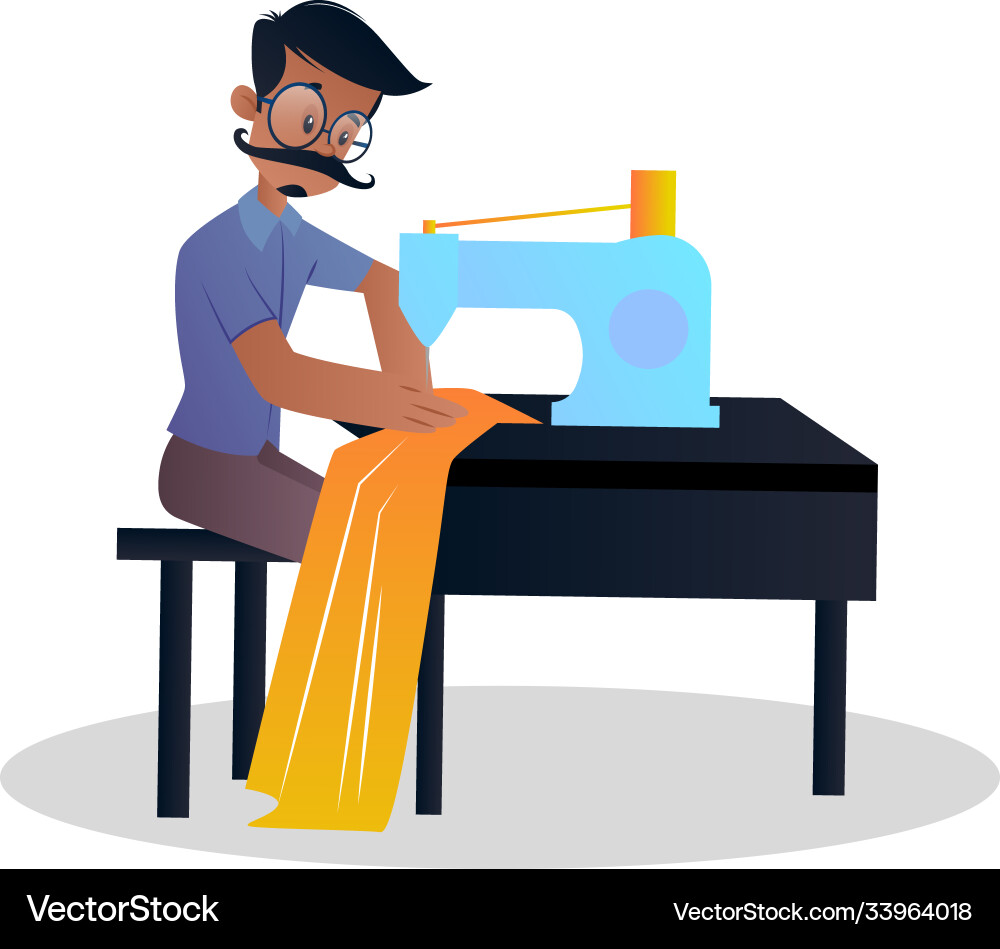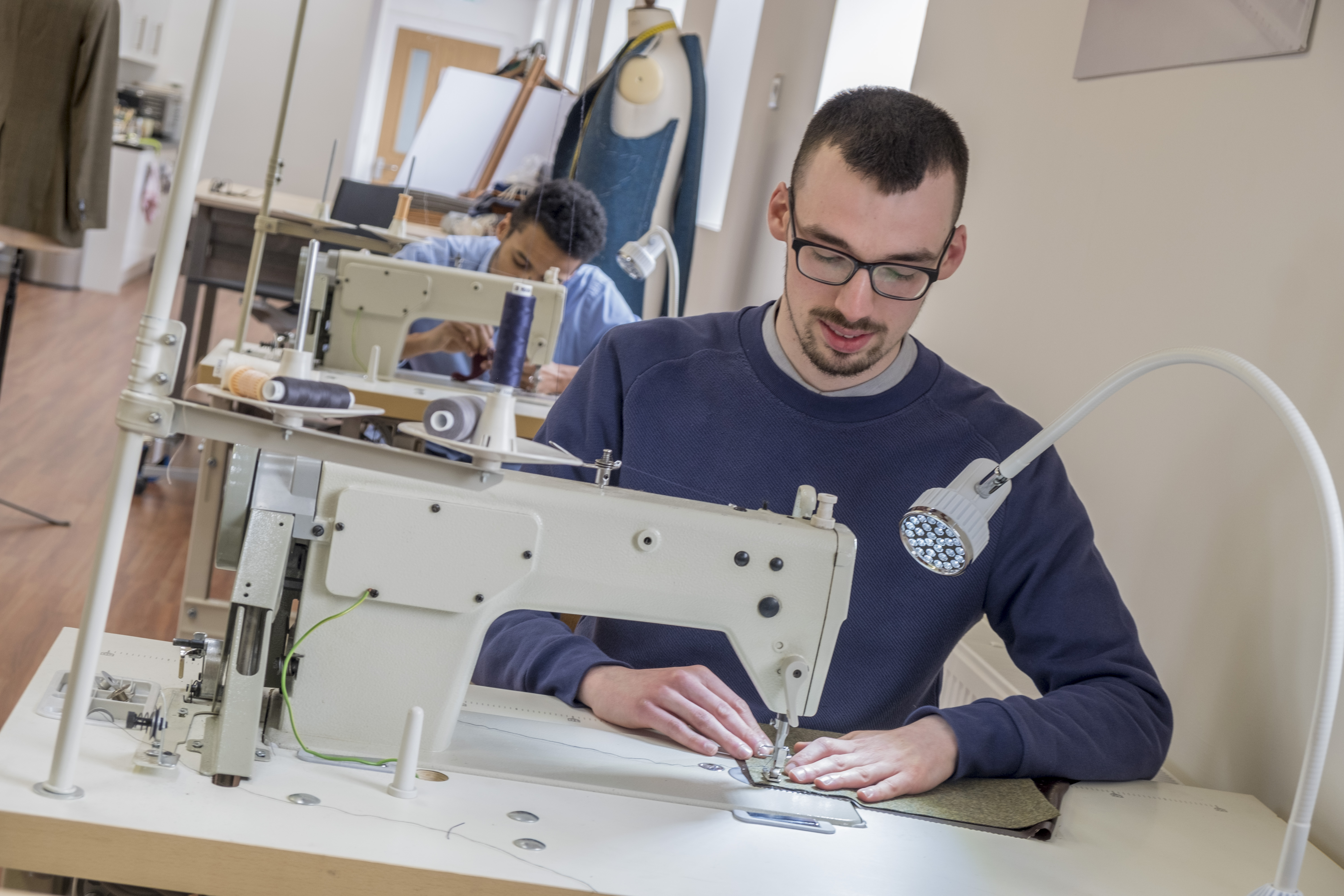Tailor Perth Insights: Discover the Art of Fine Tailoring in Perth
Tailor Perth Insights: Discover the Art of Fine Tailoring in Perth
Blog Article
Comprehending the Tailoring Refine: From Fabric Selection to Final Fitting for the Ideal Closet
The customizing procedure is a complex interaction of art and scientific research, starting with the vital choice of textile option and finishing in the accurate adjustments of final fittings. Each fabric type brings distinct qualities that affect not only the aesthetic charm yet likewise the garment's longevity and suitability for different occasions. Recognizing the subtleties of tailoring techniques can elevate one's closet to unmatched levels of sophistication. As we discover these aspects better, one must consider just how even the tiniest information can significantly influence the overall end result of one's individual design.
Significance of Textile Choice
Selecting the right textile is important in the customizing procedure, as it straight influences the convenience, sturdiness, and total visual of the final garment (tailor perth). The option of fabric sets the structure for the garment's performance, design, and performance. Different fabrics possess distinct buildings, such as stretch, breathability, and weight, which can substantially influence just how the garment drapes and fits the body
Moreover, fabric choice affects the garment's durability and ease of care. Premium fabrics can hold up against wear and tear, maintaining their appearance and framework over time, while lower-quality products might bring about pilling or fading. Furthermore, the ideal material adds to the garment's ability to shift across periods and celebrations, consequently boosting convenience.
A tailored piece made from a suitable fabric not only showcases workmanship yet likewise elevates the user's self-confidence. Subsequently, understanding the subtleties of material selection is extremely important for any kind of tailoring endeavor. It makes sure that the end product not only meets the visual wishes of the client however also straightens with useful demands, therefore accomplishing a harmonious equilibrium between form and function in the customized wardrobe.
Kinds of Fabrics and Their Uses
Recognizing the different kinds of materials readily available is crucial for making informed choices during the tailoring procedure. Each material has one-of-a-kind characteristics that determine its suitability for certain garments and occasions.
Cotton, understood for its breathability and gentleness, is optimal for sportswear and summer garments. Its versatility permits it to be customized into every little thing from shirts to gowns. Woollen, on the other hand, is preferred for its warmth and framework, making it a superb choice for official fits and outerwear - tailor perth. Its all-natural flexibility assists garments preserve shape in time.
Silk emanates deluxe and is light-weight, making it perfect for eveningwear and fragile blouses; nonetheless, it calls for cautious handling because of its delicacy. Bed linen, with its textured coating, is a popular option for cozy environments, providing a crisp and airy feeling, yet it wrinkles conveniently, which might influence the garment's appearance.
Synthetic fabrics, such as polyester and nylon, offer durability and resistance to wrinkles, making them suitable for daily wear and energetic garments. Recognizing these textile kinds and their buildings permits better decision-making, guaranteeing that each tailored item not just fits well but also aligns with the desired objective and event.
The Tailoring Methods Described
The art of customizing depends on a range of techniques that transform textile right into well-fitted garments. Central to this procedure is pattern preparing, where a tailor develops layouts based on the client's measurements and desired design. This preliminary step makes certain that the garment will certainly fit the user correctly before any kind of cutting happens.
As soon as patterns are established, reducing methods come into play. Accuracy is extremely important as mistakes can lead to misfitting garments. Tailors typically make use of different reducing approaches, such as single-layer cutting for elaborate designs and multiple-layer cutting for performance on standard patterns.
Basting is another crucial strategy, allowing tailors to briefly sew fabric assemble for an initial installation. This approach supplies the chance to evaluate the drape and overall silhouette prior Click Here to final sewing.
Seaming strategies, consisting of french joints and flat-felled seams, boost the garment's sturdiness and aesthetic allure. Tailors additionally use methods such as interfacing and cushioning to offer framework and form to certain locations, like collars and shoulders.
Last but not least, ending up techniques, consisting of hemming and side finishing, ensure the garment's long life while offering a sleek appearance. Together, these methods form the foundation of reliable great site customizing, resulting in charming, tailor-made apparel.
Suitable Changes and Factors To Consider

Secret considerations include the shoulder fit, which needs to neither droop nor limit activity, and the sleeve size, which must permit comfortable arm activity while preserving a sleek appearance. Additionally, modifications at the waistline can improve the shape, with choices to allow out or absorb material as needed.
The surge of trousers is another important element; it should rest conveniently over the hips without triggering discomfort, enabling simplicity of activity. Hemming sizes for both trousers and skirts should reflect the user's favored style while appreciating proportions.

Preserving Your Tailored Garments
Appropriate maintenance of tailored garments is necessary to maintaining their fit and look with time. To make sure durability, routine cleansing is extremely important. Always comply with the care tag guidelines, which might recommend dry this hyperlink cleansing for fragile fabrics or maker cleaning for more resilient products. Avoid frequent laundering, as this can put on down the material and change the garment's shape.
Storage is similarly essential; usage padded hangers for coats and coats to keep shoulder framework, and store trousers folded nicely or hung to stop creasing. Shield garments from direct sunlight, which can discolor shades and damages fibers.
Furthermore, routine evaluations for small fixings can protect against bigger problems. Look for loosened buttons, tearing seams, or indications of moth damage, addressing these troubles quickly to keep the garment's stability.
Lastly, consider seasonal turning. Using customized pieces in small amounts enables textiles to recuperate, prolonging their life-span. By carrying out these maintenance approaches, you can guarantee that your tailored garments continue to be as excellent as the day you first wore them, boosting your suitable closet for many years ahead.
Final Thought
The tailoring process, encompassing textile selection, skilled techniques, and accurate fitting adjustments, plays a crucial role in developing garments that boost both convenience and design. Recognizing the importance of maintenance extends the life of tailored garments, solidifying their worth in a well-curated closet.
Selecting the ideal fabric is essential in the tailoring process, as it straight affects the comfort, toughness, and total visual of the final garment. The selection of fabric establishes the foundation for the garment's design, performance, and efficiency. Various textiles possess distinct homes, such as weight, stretch, and breathability, which can substantially affect just how the garment drapes and fits the body.
The art of customizing counts on a variety of strategies that transform textile right into well-fitted garments.The tailoring procedure, encompassing textile selection, competent techniques, and precise suitable adjustments, plays a critical function in developing garments that improve both convenience and style.
Report this page